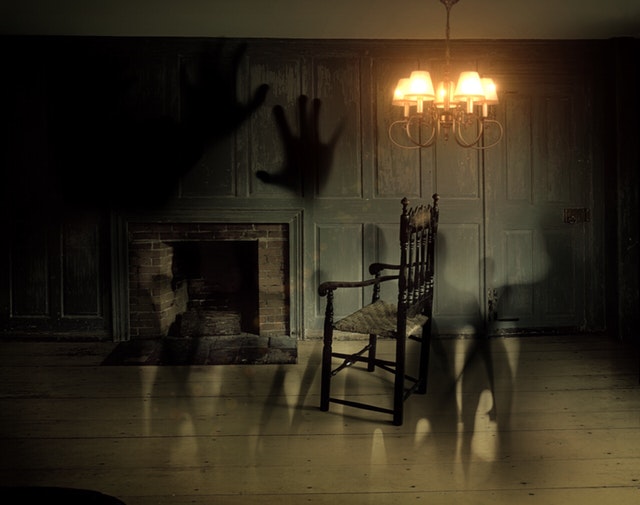
A penchant for the supernatural seems to have snuck in through the back door of the screenwriting industry recently, with a resurgence in movies and shows that have some kind of otherworldly element playing into the plot.
Not all of these are out-and-out horror, but it’s in part the success of franchises like Paranormal Activity and shows like American Horror Story that have fueled this recent trend.
Of course, some supernatural titles end up being better than others and their effectiveness is largely down to how “believable” the paranormal element is. The idea of needing to make the otherworldly seem real is something of a strange one, so for the benefit of those looking to do so at screenwriting school, today we’ll be exploring:
Creating Believable Supernatural Characters and Elements
In essence, what we’re dealing with here is the willing suspension of disbelief; the tricky thing with this is that not all viewers have the same willingness to go with whatever you present to them.
Not a great deal you can do about that—as the old adage goes, you can’t please all of the people all of the time. But one surefire trick that’ll help you please most of the people all of the time is:
Internal Logic
Make sure it’s absolutely watertight.
You can come up with the most ludicrous paranormal premise imaginable—and remember, supernatural doesn’t just mean “ghosts” but also superpowers or any other paranormal element—and you can still get people onboard as long as two conditions are met:
- The rules and limits of the supernatural element or character are clearly defined.
- These rules are not broken.
The Sixth Sense worked because you get to the end and realize that everything held up to the revealed premise (if there was a single scene in which any of the ghosts interacted directly with any character other than the boy, the entire screenplay would have souffléd.)
Cabin in the Woods had a ridiculously over-the-top supernatural plot device, but it all adheres to the rules explained to us over the course of the movie.
On the other hand, nothing is more infuriating to us as viewers than a ghost ex machina. Suddenly having a character walk through walls, apropos of nothing, will have the audience groaning en masse.
Similarly, trying to tie up plotlines and provide resolution through the sudden introduction of a supernatural element has the opposite effect.
In short, anything goes when it comes to writing supernatural fiction… but not everything should go.
Playing In the Shadows

As a species, we’ve always held a macabre fascination with death.
But whereas supernatural stories from antiquity and right up to the Victorian era concerned themselves primarily with exploring what happens in the afterlife, modern ghost stories are more speculative.
Instead of trying to come to a conclusion about the afterlife, it’s now more about asking the big question: what if?
A strong “what if” scenario is often the strongest weapon in the screenwriter’s arsenal, and doubly so when it comes to supernatural fiction. As long as the speculative element is engaging and the aforementioned internal logic is consistent, you’ll start off with a strong foundation for a great script.
Don’t Neglect Your Protagonist
In the quest for crafting a wholly believable and compelling supernatural antagonist or scenario, the human characters rooted to the confines of reality often fall by the wayside.
A common pitfall is to have the main characters simply reacting to the otherworldly being throughout the entire script, which contravenes one of the golden rules of scriptwriting: characters should have their own goals and motivations.
If your human characters are nothing more than things for the ghost/werewolf/demon to toy with, you’ll never hook the audience emotionally.
On the other hand, if you have a cast of characters with goals of their own who react in a logical and realistic way to the supernatural force they’re up against, not only will you get the viewers more invested in the story but you’ll also make the paranormal seem more believable too.
Double win.
Avoid Lengthy Exposition
Although conveying the rules of how your ghostly being, haunted house or possessed doll operates is important, stick to the old ‘show not tell’ convention.
When dealing with concepts that are unbelievable by proxy, establishing plausibility is important. But again, do this by showing the supernatural character’s goals and limitations (as well as plugging up inconsistencies that the audience may find fault with.)
Two characters sharing exposition at length regarding the nature of the monster under the bed not required.
[su_note]Our screenwriting students work on various projects that span a variety of genres and mediums across our screenwriting programs. Visit our Screenwriting School page to learn more about what our students work on and find a program that suits your interests.[/su_note]